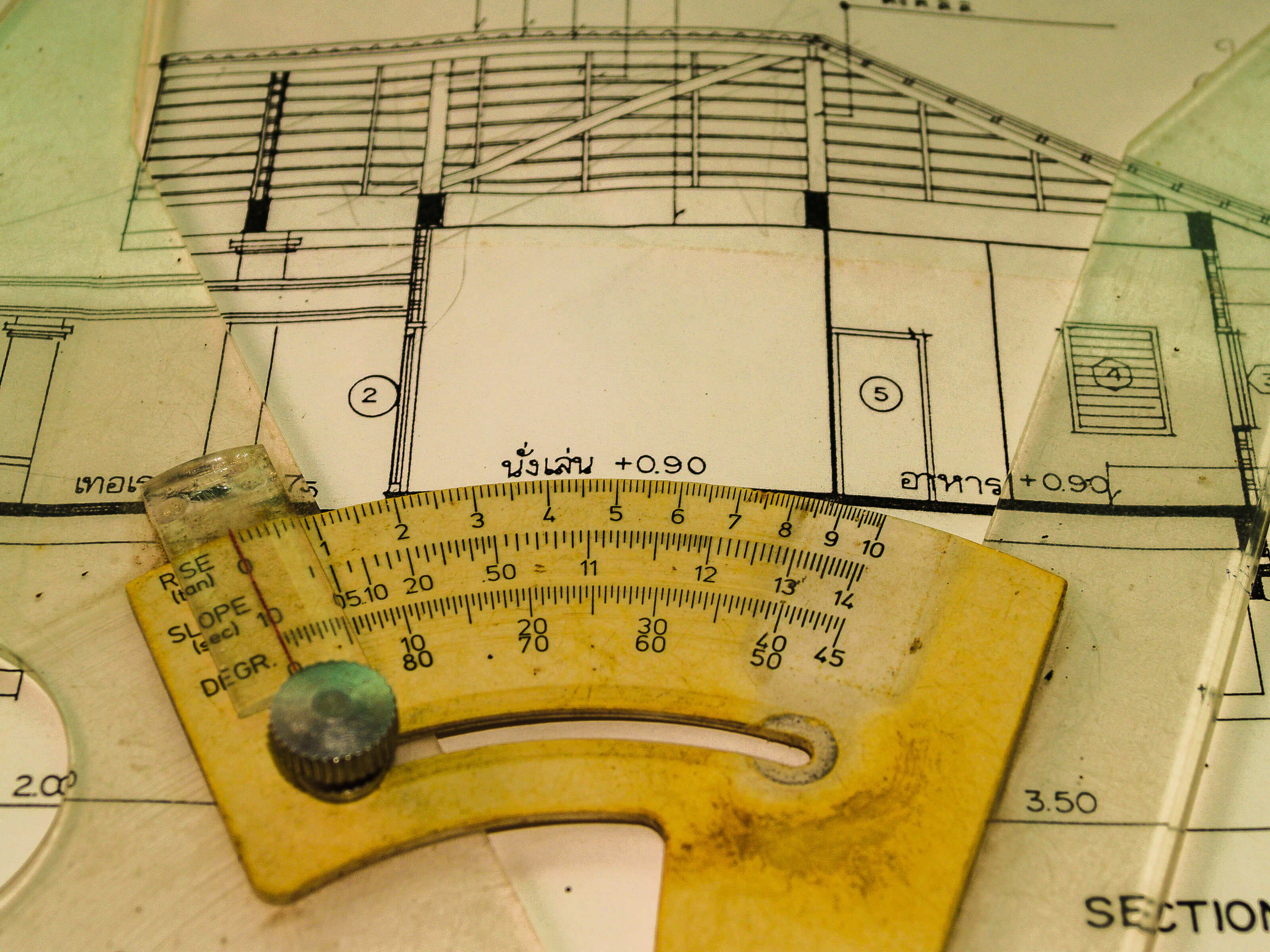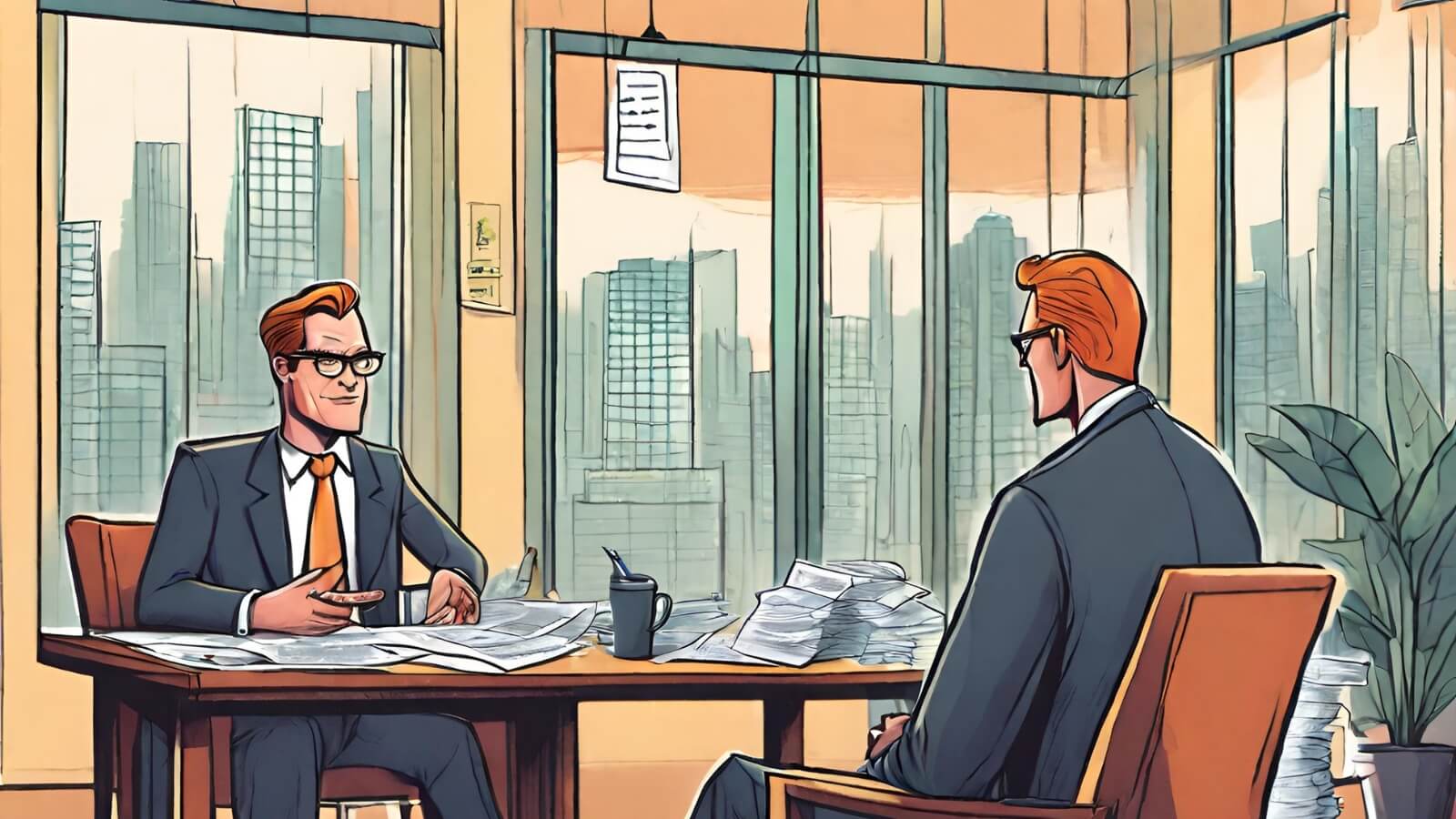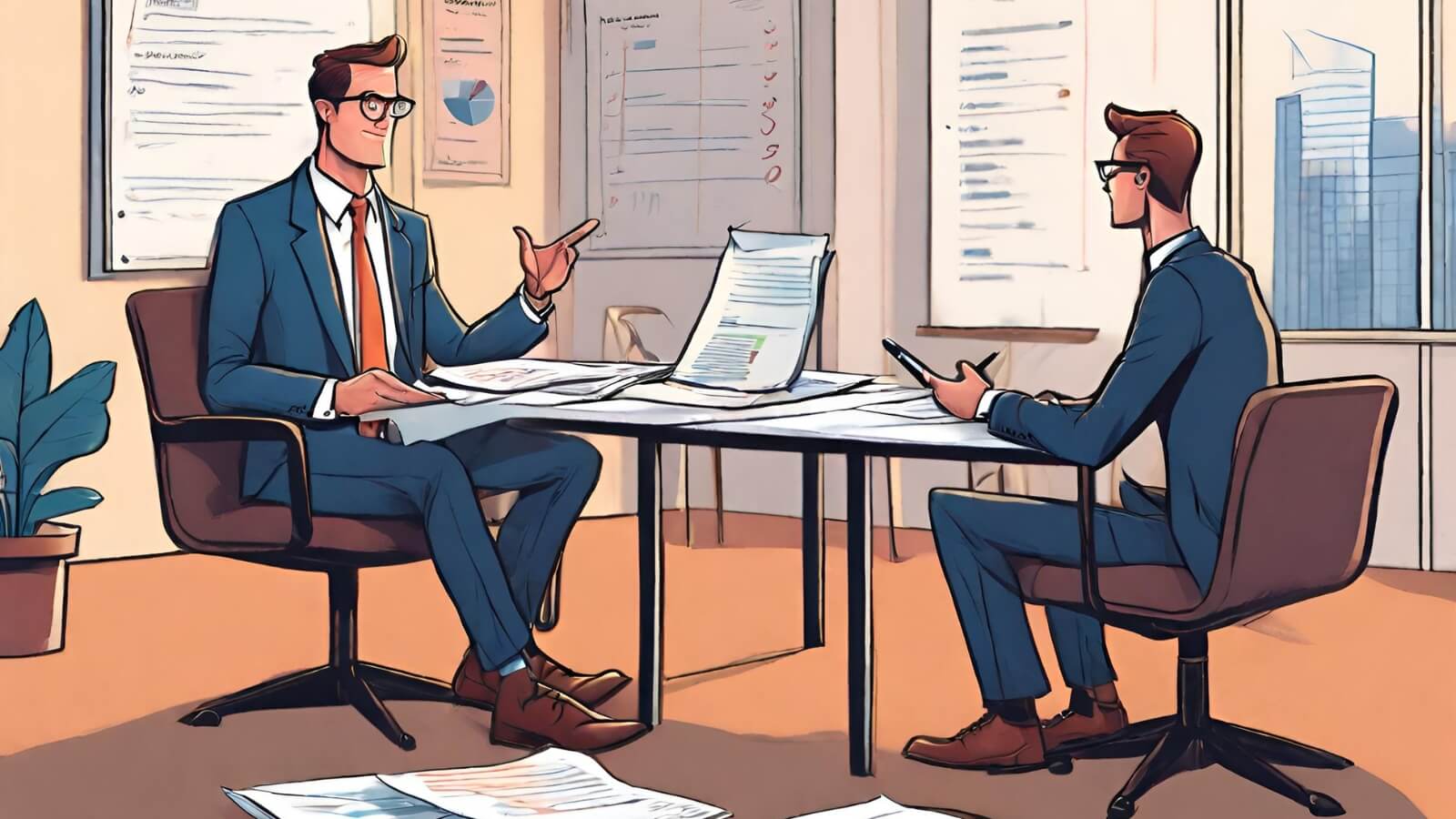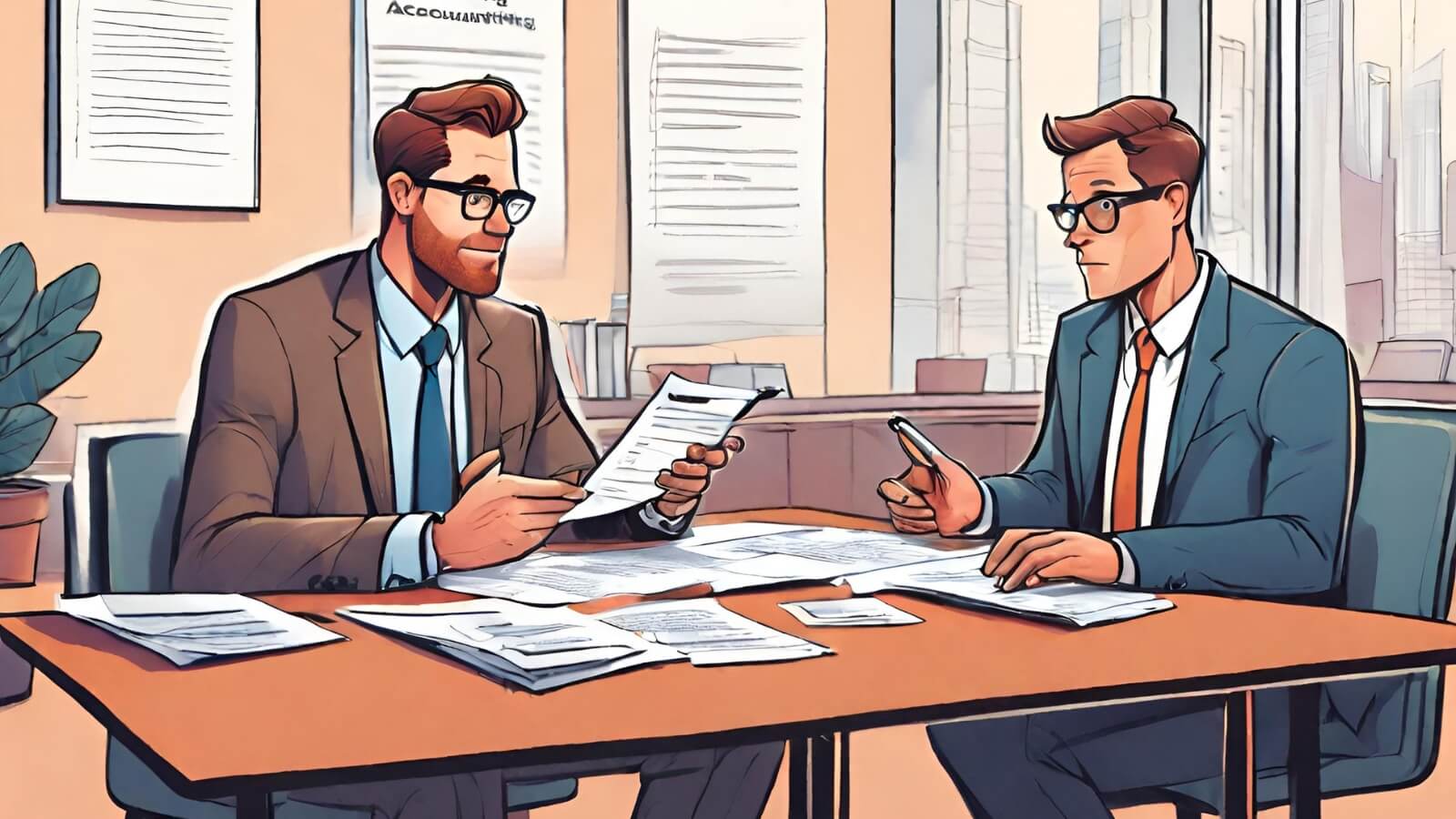Here are the top interview questions & answers for a Conservation Architect Job
What is the role of a Conservation Architect in the industry?
Conservation Architect job interview Tip number 1
One of the first questions — and an integral one that HR may ask is the role of a Conservation Architect in this industry. The HR is interested not only to see your vast or intensive knowledge in the sector but also evaluate your perception of the industry. Your answer should hit the nail on the head. It should be an overview of what you think about this role. A Conservation Architect would help in changing the landscape of the designated area, and so it’s important that they find the right candidate.
Sample answer for this question for Conservation Architect job interview
As a Conservation Architect, it is my responsibility to utilize my knowledge of the concepts, principles, theories, and practices used in the industry. A conservation architect should address the unique requirements of built heritage comprising of historic buildings, group of buildings, areas, cities, and cultural landscapes in a comprehensive manner.
Along with this, I should also lay emphasis on building and structures, job responsibilities and respond to the challenges posed by the growing population, land-use pressures, rapidly evolving technology, and increasing government regulations.
As an architect, the aspects of planning, design, construction, and maintenance of buildings or other structures are my primary responsibilities. I also feel that it is vital to design a particular structure/building keeping in mind the aesthetic and functional aspects.
I have a Bachelors in architecture and masters in conservation. Having these degrees have helped me grasp the technicalities of the role and the ability to use intuition as required.
What IT skills must a Conservation Architect have according to your understanding?
Conservation Architect job interview Tip number 2
Through this interview question in the Conservation Architect, the interviewer wants to see if you are able to visualize and use IT tools to increase your productivity. They want to know if you can research various IT tools and software that can help Building Architects do their work more efficiently if they are proficient in basic IT skills.
Sample answer to this question for Conservation Architect Manager job interview
Considering the involvement of technology in all facets of our life, I feel any job today requires a fair knowledge of IT skills and, being trained and familiar with computer-aided drafting systems, building modeling, and other relevant technologies are pivotal here. These include being familiar with basic office software, such as word processing, spreadsheets, and accounting. I am familiar with AutoCAD, 3Ds Max, Photoshop, Revit, etc.
Some aspects of training in project management can help you be prepared for nuanced circumstances. Be it familiarity with construction industry tools or being well-versed with norms and regulations of the local council or municipality. In reference to this interview question for Conservation Architect, I feel these IT skills would give me an in-depth insight into ways of ensuring the project is carried out with precision.
What according to you should be the Key Result Areas of a Conservation Architect?
Conservation Architect job interview Tip number 3
Through this interview question in the Conservation Architect job interview, the prospective employer wants to test and see how much clarity you have about the KPI’s for the Conservation Architect job. This will give them an overview of the level of accountability and transparency about what the Conservation Architect role entails. It should be kept in mind that any Conservation Architect is a mentor and leader, along with being a manager. So you should be ready to speak about being prepared to take on additional responsibilities. Being a team player and someone who doesn’t mind an occasional, extra load will help you in cracking the job interview for a Conservation Architect.
Sample answer for this question for Conservation Architect job interview
This interview question for Conservation Architect about the KRAs is quite extensive, so let me give you a gist of what I feel are critical points. These include technical knowledge, design planning, researching, etc.
Why does technical knowledge matter for Conservation Architect?
For this interview question for Conservation Architect, I would say that technical knowledge forms the basis of this role. Without technical knowledge, simple things would get complicated. My professional degree in conservation architecture gives n added edge to identify the favorable environmental, social-behavioral, or aesthetic outcomes of deigns.
How would you as a Conservation Architect go about design planning?
Design planning is the core of this role, and for this Conservation Architect interview I would state that it is all about advising and working on appropriate methods of repair, maintenance and alterations of historic
fabric including advice on specialist repair techniques and availability of materials and skills both locally and nationally. Then comes designating and amending boundaries to conservation areas, assess design and new
developments in conservation areas, prepare conservation area management plans and other supplementary planning documents.
Design planning is the way to put forward a thought or idea and give it a realistic shape. Design planning is all about engaging your imagination, thinking creatively, innovating, and providing design leadership.
I also believe that having an awareness of contemporary issues relevant to the practice of architecture and how they may be integrated into the design is an important aspect of this Conservation Architect interview question. I must ensure that my design complies with the scope of work and contract requirements.
It requires focusing on the retention of materials from the most significant time in a property’s history while permitting the removal of materials from other periods. As an architect, I should also establish limited opportunities to re-create a non-surviving site, landscape, building, structure, or object in all new materials.
For this Conservation Architect interview question, I should also try and use the conceptual design to prepare final drawings and technical specifications. Analysis of site and environment, inspecting sites, analyzing factors such as climate, soil, flora, fauna, surface and subsurface water and drainage are other key attributes of this aspect. Along with this, I should also consult with clients and make recommendations regarding methods of work and sequence of activities. In reference to the design compliance, I should ensure the design complies with the scope of work and contract requirements.
As a Conservation Architect, How would you go about monitoring?
Monitoring is an important aspect of any architects KRA. In reference to this interview question in the Conservation Architect, I would like to start by saying that the foremost responsibility should be to lead, manage, and coordinate the activities of landscape planning and design projects. Management of other consultants such as engineers, architects and planners and reporting in reference to determining, developing, and contributing to the management of reports and correspondence is critical. I should provide regular reports and presentations on progress to the internal stakeholders as necessary. Part of my responsibilities includes inspection, evaluation, and reporting for regulatory compliance. With this, I should also review environmental regulations and determine or seek assistance with applicability determinations.
Tell us about your views as Conservation Architect on handling the client and the importance of customer service
Customer needs are identified and confirmed with the customer — and there should be no two ways about it. This Conservation Architect interview answer includes taking appropriate action to satisfy customer needs, which are identified and are to be implemented.
Conservation Architect interview job interview Tip number 4
Using a competency model, the interviewer will check your skills and your methods of dealing with day-to-day issues. It would also help assess how you would evaluate the framework for defining skills and knowledge. Your core competencies and ability to execute the job successfully would be defined through the same. When answering this question, demonstrate your technical and architectural skills to give a comprehensive picture. Do remember that through these questions, you are providing the interviewer with a gist of your technical capabilities and skill-set. So at this stage, describe the finer details and break down the answers to reflect that you have a clear picture in your mind.
Sample answer for this question for Conservation Architect job interview
How do you go about the Building & Construction Designs for your projects?
I would like to answer this Conservation Architect interview question by saying that planning is the key to any project. I have to recognize basic engineering and architectural principles in structures and understand design techniques, tools, and principles involved in the production of precision technical plans, blueprints, drawings, and models.
Interpreting documentation, detailed instructions, drawings, or specifications about how devices, parts, equipment, or structures are to be fabricated, constructed, assembled, modified, maintained, or used come next.
And the impact of Blueprints/Drawings/Specifications
These are the fundamentals of starting the project. I would like to answer this Conservation Architect interview query by describing the approach I take. For instance, I prefer to draw rough and detailed scale plans for foundations, buildings, and structures based on preliminary concepts, sketches, engineering calculations, specification sheets, and other data. Doing so helps me get a visual design and helps to identify loopholes and flaws at an initial stage.
I like to recognize elements and symbols of blueprints, drawings, and specifications and interpret dimensions, symbols, types of lines, views, and scales. Using technology is something that I always root for. Thanks to augmented reality or virtual reality, and 3D modeling, there’s so much that you can collate with visual ideas. I like to visualize three-dimensional forms from two-dimensional drawings.
I would sum up this Conservation Architect interview answer by saying that one should also locate worksite features included in a construction plan and convert scaled blueprint drawing measurements to full dimensions for a given project.
Another Conservation Architect interview question we have is Site Planning and its relevance for this role.
For me, site planning commences by applying surveying methods to problems of leveling, line direction, measurement of angles, measurement of distance, and transverse computations. In this aspect, I should identify the actual location/elevation and use lasers/levels/transits to check alignment and elevations. Next is the factor of identifying specific hazards and be aware of them while performing excavation tasks. The building architect interview question also explores analysis and deep-seated understanding of the environmental, social, and cultural context of a project and to respond to them in a design solution finding the appropriate balance.
Monitoring the work in terms of quality, progress, and costs as closely as is reasonably possible. One should try to determine, develop, and contribute to the management of reports and correspondence. Next comes providing regular reports and presentations on progress to the internal stakeholders as necessary.
As a Conservation Architect, how can you ensure maximum utilization of Material Resources?
I would like to break up this conservation architect interview answer into three aspects. The first is identification and ability to identify materials necessary to complete tasks in the trade. Describing the structure and properties of various materials is another aspect.
I should also evaluate the waste of resources/materials and the necessity for additional/alternative resources/materials. A pivotal consideration is the ability to differentiate between compatible and incompatible substances.
I should also evaluate and select building materials and assemblies to meet project specifications (e.g., metals, woods, ceramics, concrete, rubber, plastics, polymers, composites, etc.). Alongside, having to understand the criteria used for material selection.
And the right usage?
The optimal use of materials can be done by handling, installing, positioning, moving, and storing materials properly. For this conservation architect interview demonstrating knowledge of various material finishing techniques is also important. I should ensure that the contractors also use appropriate combinations of building materials and components.
Express your views on regulations and quality insurance
For this Conservation Architect interview question, I would say that to be aware of and comply with governmental regulations, local and state building codes, contract provisions, and construction standards is primary. I should identify, understand, and incorporate applicable legislation, regulations, directives, codes, and standards which form the basis of this role. Inability to adhere to norms and regulations can lead to preposterous results.
As a Conservation Architect, I should have knowledge of laws, legal codes, court procedures, precedents, government regulations, executive orders, agency rules, and the democratic political process is something that starts right at the degree level for an environmental engineer and is an ever-learning process. With changes being introduced frequently in this domain, you can understand that the changes involved are rapid. The Conservation Architect interview question includes me having an understanding of local, state, and federal government programs and processes.
Part of my responsibilities includes inspection, evaluation, and reporting for regulatory compliance. With this, I should also review environmental regulations and determine or seek assistance with applicability determinations.
Completing construction projects according to specified standards of quality and performance is something that should never be overlooked.
For this Conservation Architect interview answer, I would also add that inspecting job sites, equipment, structures, or materials to identify the cause of errors or other problems or defects is very important. This also includes inspecting structures and systems for structural quality, general safety, and conformance to specifications and codes. I must conduct tests and inspections of products or processes to evaluate quality,
reporting on issues that affect quality, ensure contractual roles and responsibilities are fulfilled, which are critical aspects of my competencies too.
Environmental Impact Mitigation
In reference to this Conservation Architect interview query, I believe that it’s essential to recognize and abate all types of environmental hazards. One must operate, maintain, and interpret data from air sampling equipment and remove, package, dispose of, and document hazardous materials.
The task should also include removing, packaging, disposing of, and documenting hazardous materials, advising corporations and government agencies of procedures to follow in cleaning up contaminated sites in order to protect people and the environment, along with guiding industries and government agencies about environmental policies and standards.
We all understand the risks involved with Health & Safety. Tell us about your way of dealing with it
In this Conservation Architect interview question aimed towards Personal Safety, the process of selecting, inspecting, and using personal protective equipment such as respiratory protection and fall protection equipment is vital. On the whole, with the right execution, I should create a hazard-free, accident-free environment for the contractors and sub-contractors to work in. I should ensure that they follow the rules and regulations to comply with personal and jobsite safety standards.
I should create a hazard-free, accident-free environment and know how to deal with temperature extremes and weather conditions. There are other small things that should be paid attention to, like working safely in confined spaces or at heights.
In this Conservation Architect interview we would like to know about your ideas on safety procedures.
Safety procedures start by following rules and regulations to comply with personal and jobsite safety standards and identifying workplace/jobsite environmental hazards to promote workplace/jobsite safety. One has to understand shop and worksite safety, fire safety, electrical safety, and chemical safety. For example, something like a simple miss of the ladder and scaffold safety practices can lead to a mishap or accident. Along with the loss of life or injury, it also implies legal hassles. And then there’s also the risk of damage to existing architecture, which as a conservation architect can be disastrous. So it’s important to keep these protocols in mind.
To this Conservation Architect interview question, I would like to add that I demonstrate knowledge of hazardous properties of materials such as radiation, toxicity, flammability, reactivity, corrosivity, and limits of fire resistance exposure. I also ensure that complete accident reports in accordance with required standards, file reports with appropriate personnel are conducted and noted. I believe in using Material Safety Data Sheets (MSDS) information to manage, use, and dispose of hazardous materials.
As a Conservation Architect, how do you implement Green Building Practices?
Going green is something that we all should take inspiration from. This starts with recognizing and researching green building trends in the construction industry, including the use of new materials, technologies, and processes.
This is the first part of my answer to this Conservation Architect interview question. I should meet requirements to verify that a building project meets the highest green building and performance measures. I should also understand carbon neutral and reduction technologies/low carbon futures and follow waste management plans as per contract requirements.
Any architect knows and understands the nature of climate change as it impacts planning policy and decisions. Hence, this is a governing factor that forms the basis of any designs that I create. I should plan for climate change mitigation and adaptation based on understanding the biodiversity planning and ecological networks and implementing measures to conserve and enhance the natural environment.
These little steps can help minimize construction waste and demolition debris. I do believe in reusing or recycling materials, e.g., concrete, masonry scrap, metals, clean wood, plastics, insulation material, un-tempered glass, carpet and carpet pad, ceiling tiles, plumbing fixtures and equipment, lighting fixtures and electrical components, and cardboard packaging.
Sustainability is the key to a green future because it takes into consideration practicality and being in sync with our environment — something that everyone seeks today. For this, I have to understand the role and place of planning in delivering sustainable development.
As you know, Business Fundamentals form an important aspect of Conservation Architect’s role. What’s your method of ensuring it’s implemented to get the maximum results?
The first part of this Conservation Architect interview question deals with preparing contracts and negotiating revisions, changes and additions to contractual agreements with architects, consultants, clients, suppliers, and subcontractors.
Understanding finance and mechanisms for the provision of communications and infrastructure are key metrics for this Conservation Architect interview question. As a Conservation Architect, I have to understand and analyze blueprints and other documentation to prepare time, cost, materials, and labor estimates. I should also assess the cost-effectiveness of products, projects, or services, tracking actual costs relative to bids as the project develops. I should arrange for sustainable solutions along with financing and mechanisms for the provision of utilities.
I would add to this Conservation Architect interview that consulting with clients, vendors, and personnel in other departments or construction foremen to discuss and formulate estimates and resolve issues can help manage the financial and cost aspect. Estimations in terms of costs, budgets, deliveries, etc. should happen at a team level.
I should hold meetings with engineers, architects, owners, contractors, and subcontractors on changes and adjustments to cost estimates, which can help in balancing costs. It also means that no team has to work under immense pressure or be unhappy about the quality they have to put up with. For me, the rule of estimation is that there should be no compromise on the quality.
How do Codes & Quality Control impact budget?
To locate and obtain all necessary permits and licenses, including costs, which should not be overlooked when considering the budget aspect. As mentioned earlier too, for this Conservation Architect interview inspecting and reviewing projects to monitor compliance with building and safety codes and other regulations would help get an estimate of these costs.
Can you elaborate on the estimation aspect?
This is an important Conservation Architect interview question because the budget can really impact the final outcome. For ensuring that estimations are accurate, I would analyze blueprints and other documentation to prepare time, cost, materials, and labor estimates. I have to assess cost-effectiveness of products, projects or services, tracking actual costs relative to bids as the project develops.
Estimation also depends on factors like consulting with clients, vendors, personnel in other departments or construction foremen to discuss and formulate estimates and resolve issues
How does Liability Management impact this?
Building or preparing contracts and negotiating revisions, changes, and additions to contractual agreements with architects, consultants, clients, suppliers, and subcontractors are things that require attention. Here, I should implement my core competencies and technical knowledge of an architect, combined with intuition. Using help from the accounts department, I should consider and prepare cost and expenditure statements and other necessary documentation at regular intervals for the duration of the project.
Setting up cost monitoring and reporting systems and procedures and keeping track of documents including sales slips, paid bills, invoices, receipts, deposit slips, and canceled checks would be a crucial part of the answer for this Conservation Architect interview.
As a rule of thumb, it is important to look into the finer details like recognizing actual or potential legal problems. In particular, managing liabilities in residential construction by mitigating legal problems and understanding remedies and obligations, licenses and other bonds, arbitration or dispute resolution, and contract terminology related to residential construction.
As a Conservation Architect, what special skills are required here?
To this Conservation Architect interview answer, I would comment that specialty skills can be wide-spread, and for me, intuition and logic should be combined to get the best results. Alongside, a thorough understanding of the character, integrity, context, evolution, and significance of the fabric of a site, ruin, building, architectural element or monument, etc. comes into play. I should also have the ability to provide diagnosis, documentation, and interpretation of information obtained from assessments of the existing condition, pathology, past treatments, current influences, and future impacts of conservation interventions.
To this Conservation Architect interview question, I would also add that
the skill and knowledge to advise, commission specific analyses, undertake trials and on-site testing and carrying out appropriate treatments is vital. Along with this, the knowledge and application of established conservation principles for recommended treatment and maintenance procedures and ability to interpret and document research, investigation and conservation interventions in a clear, comprehensive format add to the specialty skills too.
Looking for more HR interview questions and answers
Click here to Read 200 Plus HR Interview Questions & Answers For Top Multi National Companies
- HR Interview questions and answers on Business Acumen
- HR Interview questions and answers to asses Functional/Technical Skills
- HR Interview question and answers on Technical Learning
- HR Interview question and answers on Decision Quality
- HR Interview questions and answers on Intellectual Horsepower
- HR Interview questions and answers on Learning on the fly/ quick learner
- HR interview questions and answers on Problem Solving.
- HR interview questions & answers on Dealing with Ambiguity
- HR interview questions & answers on Creativity
- HR interview questions & answers on Innovation Management
- HR questions and answers on Perspective
- HR interview questions and Answers on Strategic Agility
- HR Interview questions and answers on Timely Decision Making
- HR interview questions and answers on Priority Setting
- HR interview questions and answers on Organizing
- HR Interview questions and answers on Planning
- HR interview questions and answers on Time Management
- HR Interview questions and answers on Delegation
- HR interview questions on Developing Direct Reports
- HR interview questions and answers on Directing Others
- HR Interview questions and answers on Informing
Jappreet Sethi










